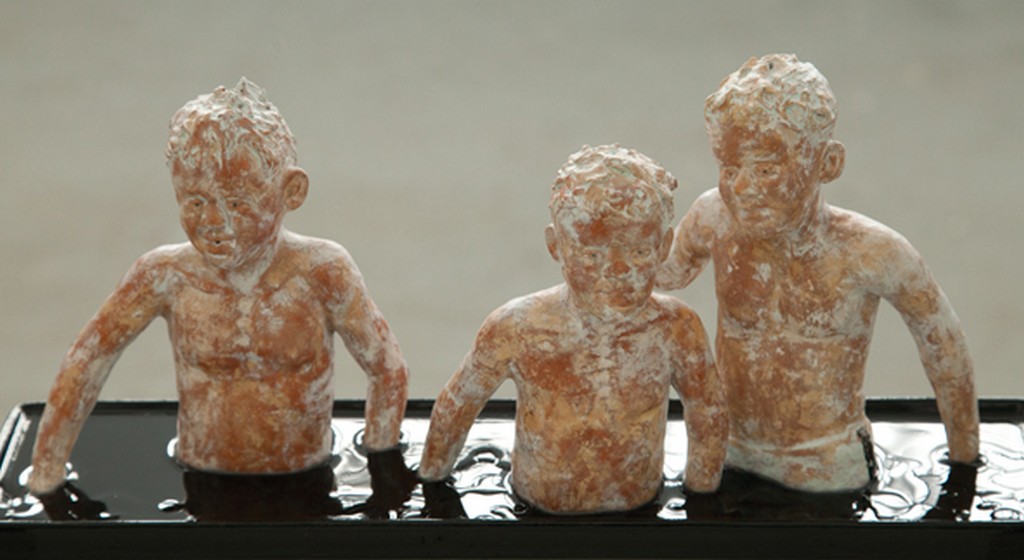 Three comrades, 2016, ceramics, polymer resin, ceramic mass, 20x43х10,5 cm
Three comrades, 2016, ceramics, polymer resin, ceramic mass, 20x43х10,5 cm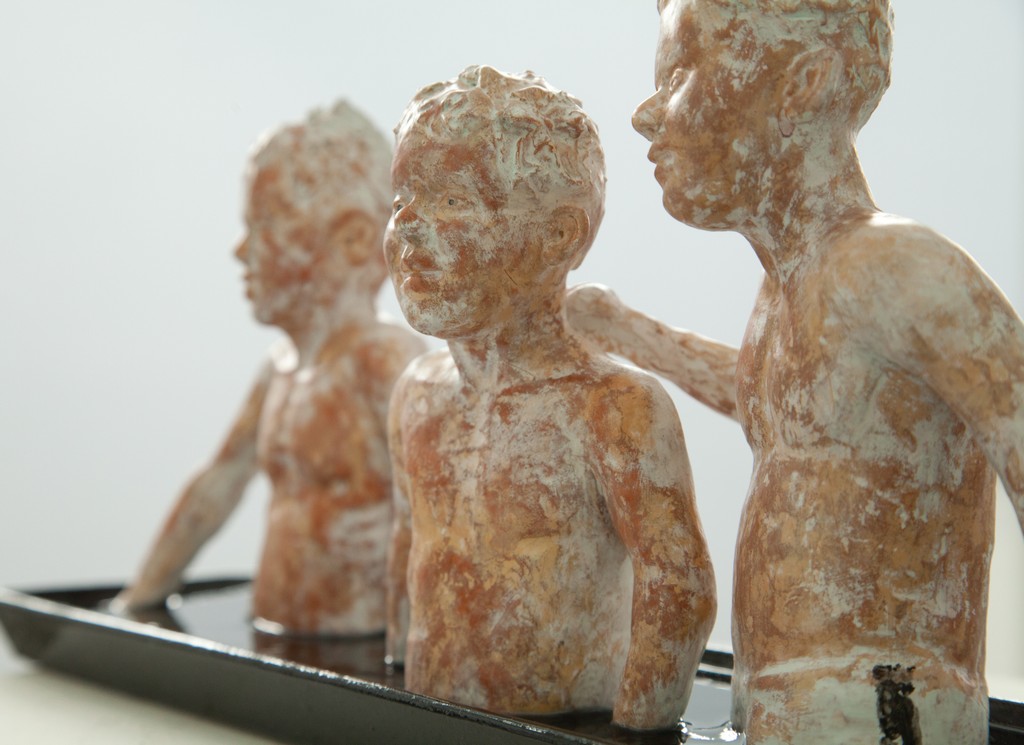
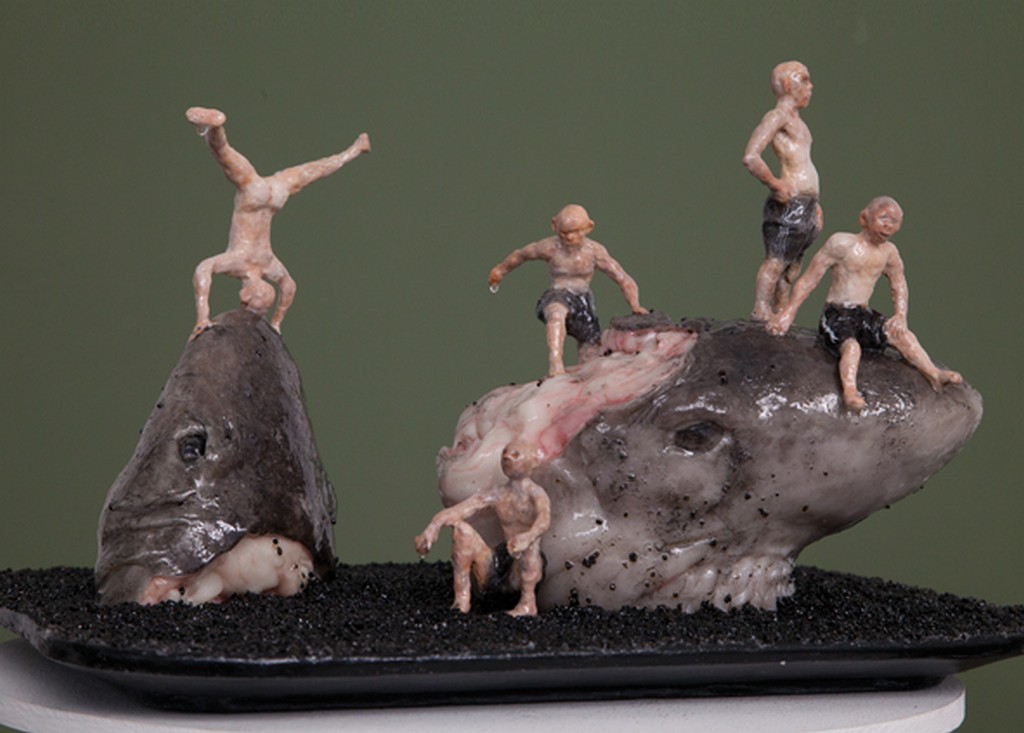 Grey predators, 2015, ceramic mass, stone, polymer clay, resin, 24,5x39x29 cm
Grey predators, 2015, ceramic mass, stone, polymer clay, resin, 24,5x39x29 cm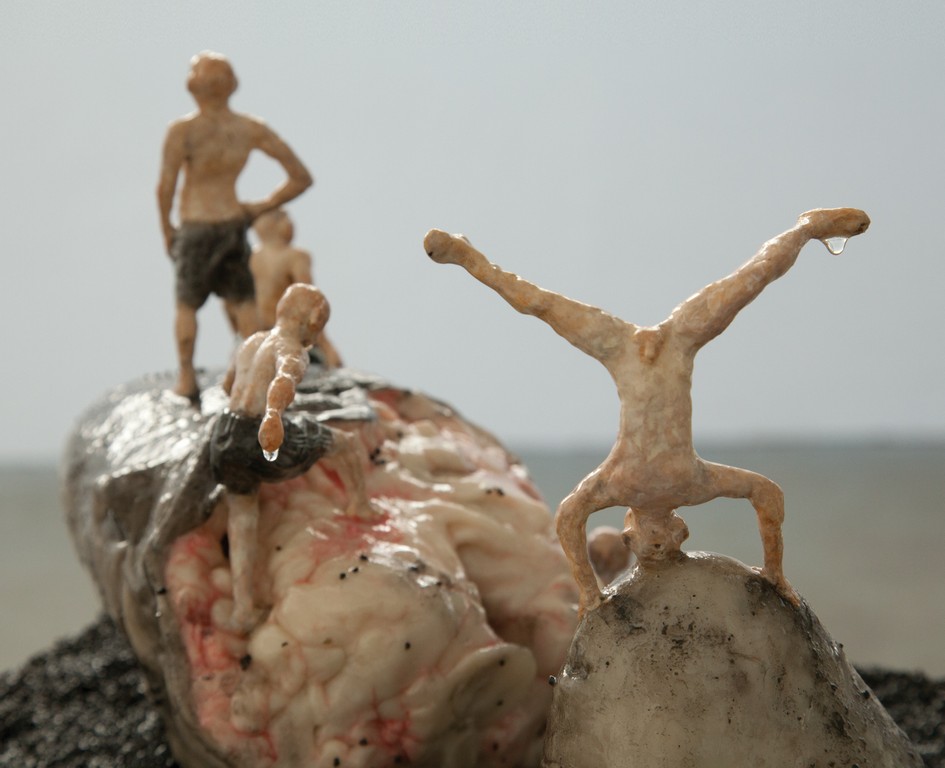
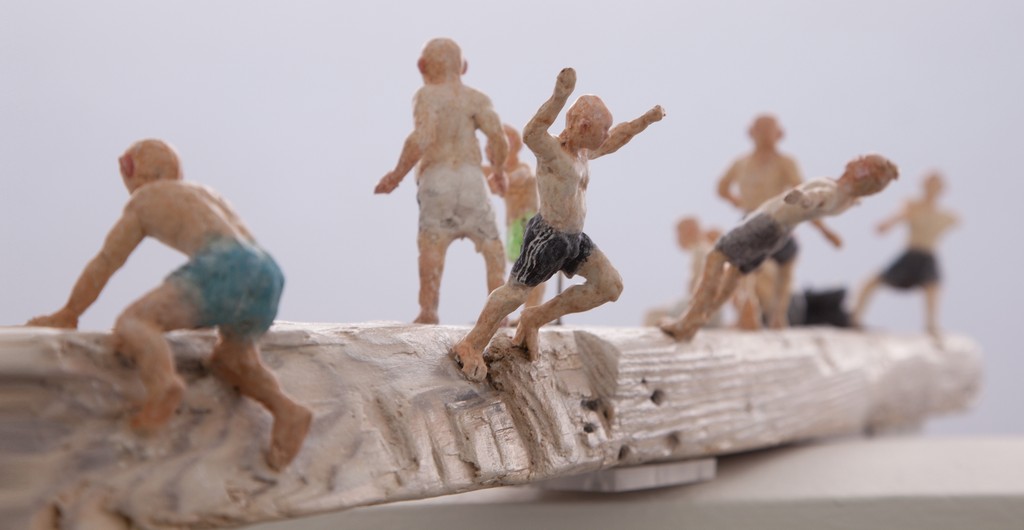 Log, 2015, wood, ceramic mass, metal, 16х111,5х18 cm
Log, 2015, wood, ceramic mass, metal, 16х111,5х18 cm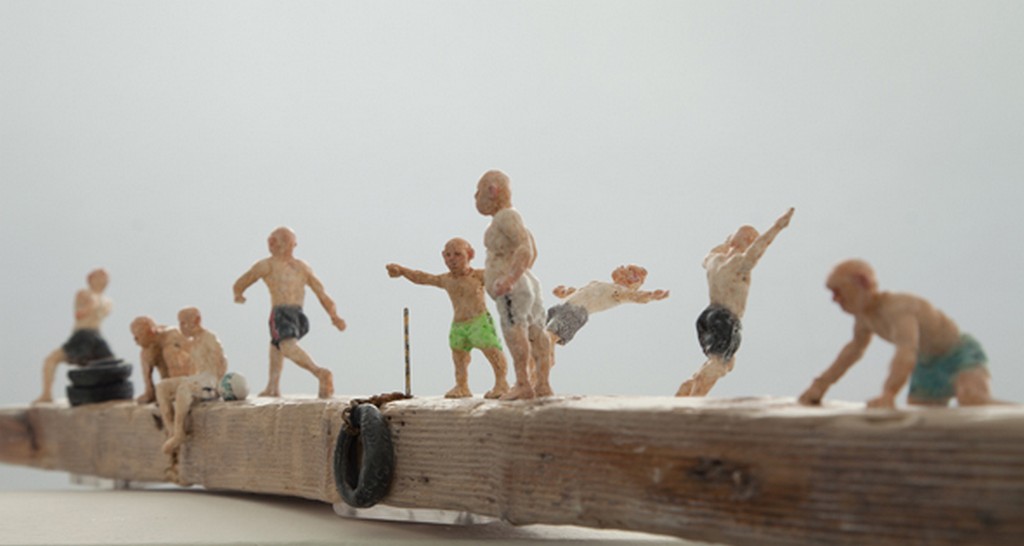
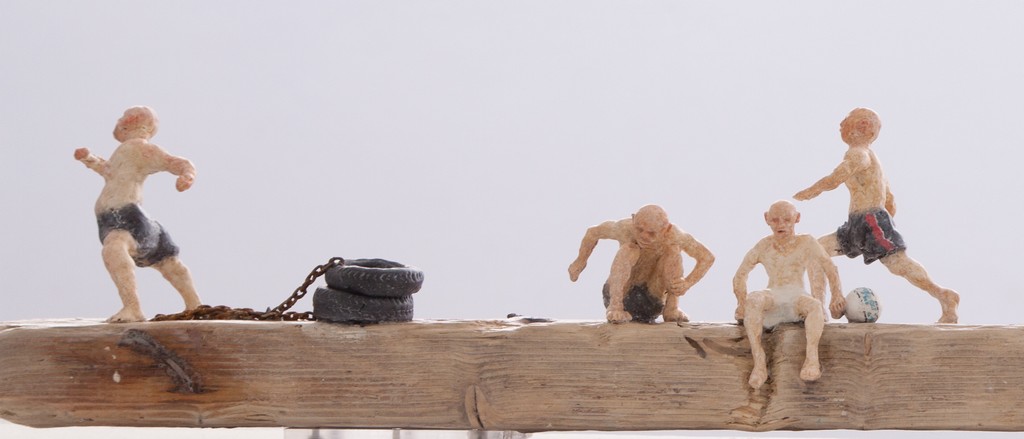
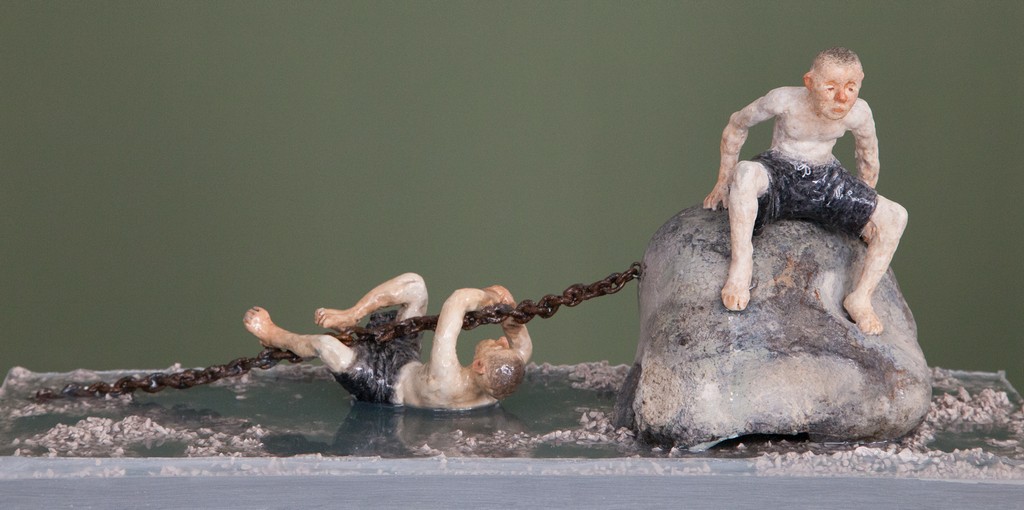 Watcher, 2016, polymer mass, plexiglas, stone, metal, 17,5х39х12 cm
Watcher, 2016, polymer mass, plexiglas, stone, metal, 17,5х39х12 cm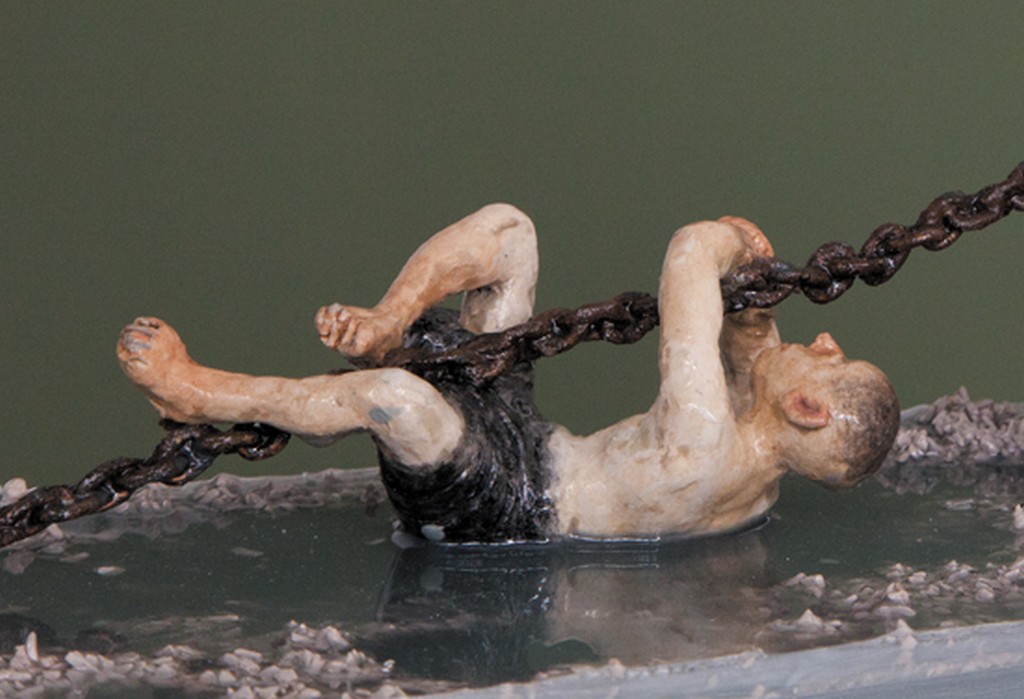
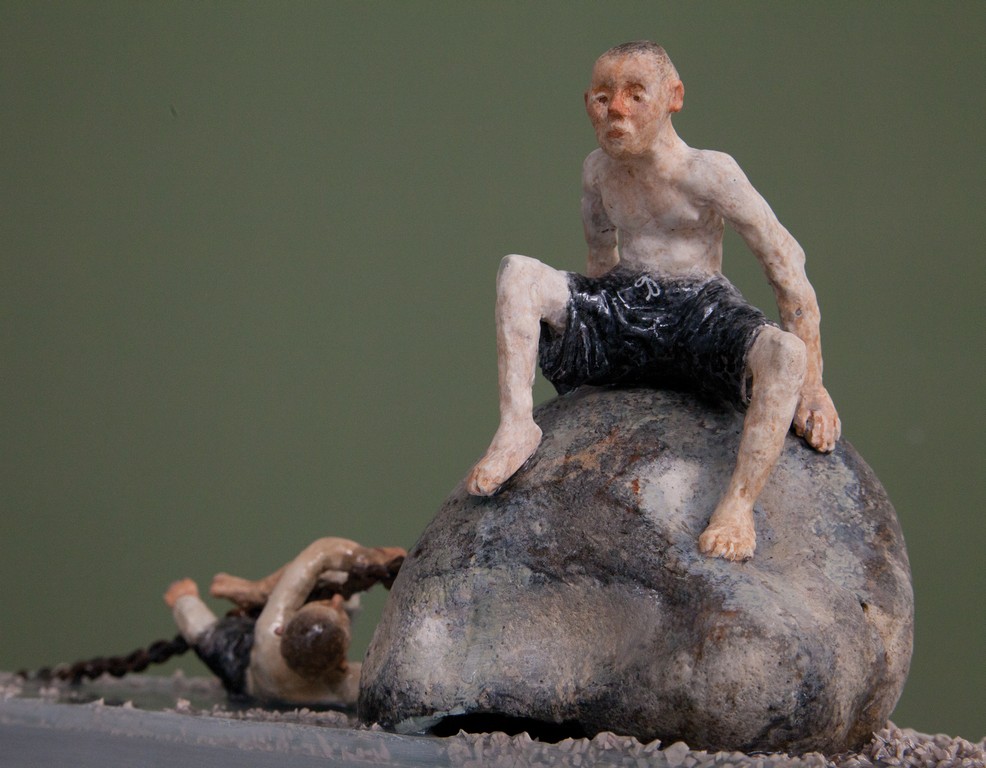
 Wet, 2016, wood, metal, polymer clay, glassy resin, 49x31,5x25 cm
Wet, 2016, wood, metal, polymer clay, glassy resin, 49x31,5x25 cm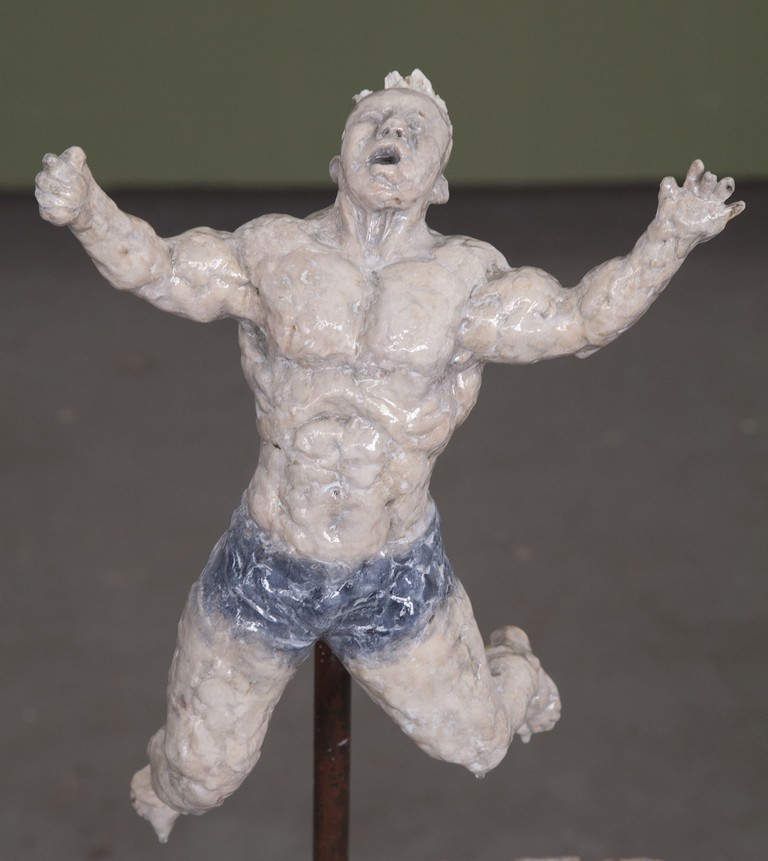
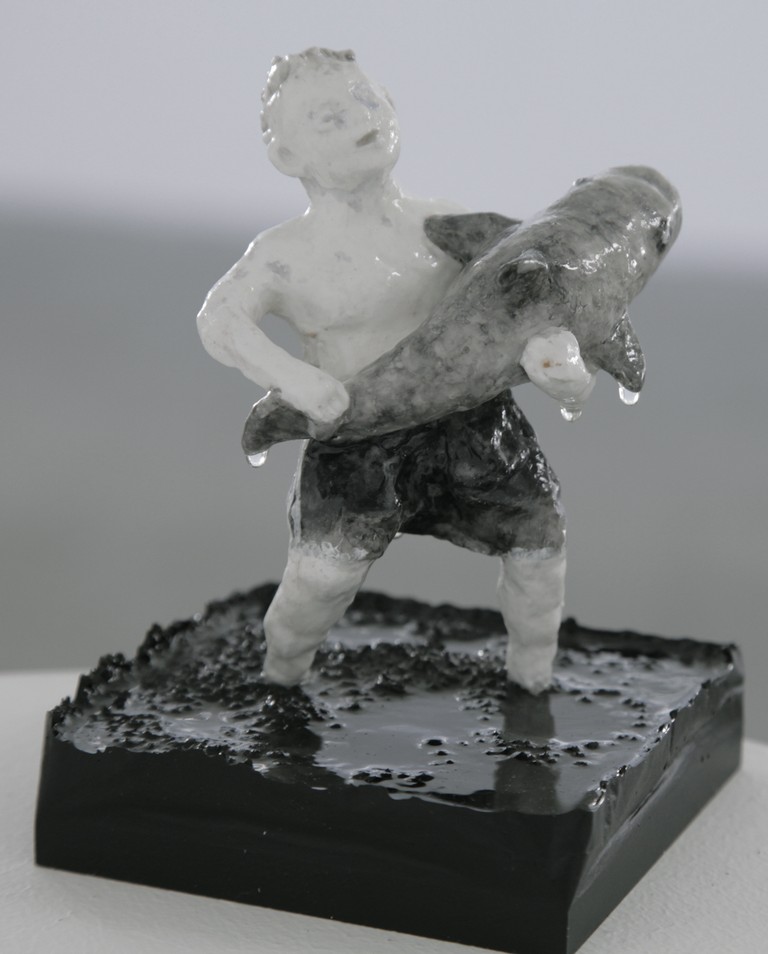 Boy with shark, 2015, polymer mass, resin, stone, 14,5х10х10 cm
Boy with shark, 2015, polymer mass, resin, stone, 14,5х10х10 cm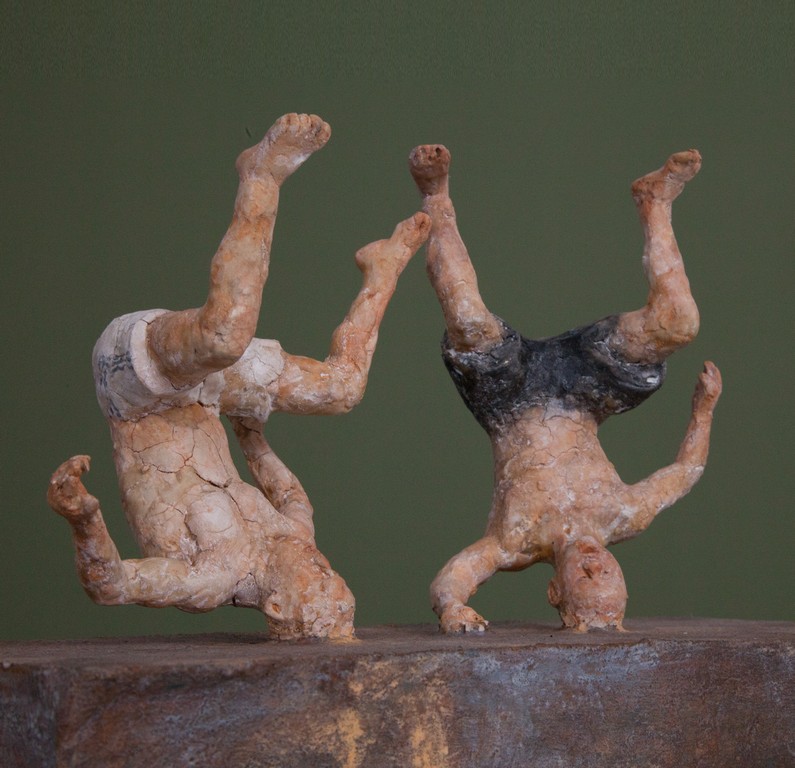 Synchron, 2015, plexiglas, polymer clay, 20х30х12,5 cm
Synchron, 2015, plexiglas, polymer clay, 20х30х12,5 cm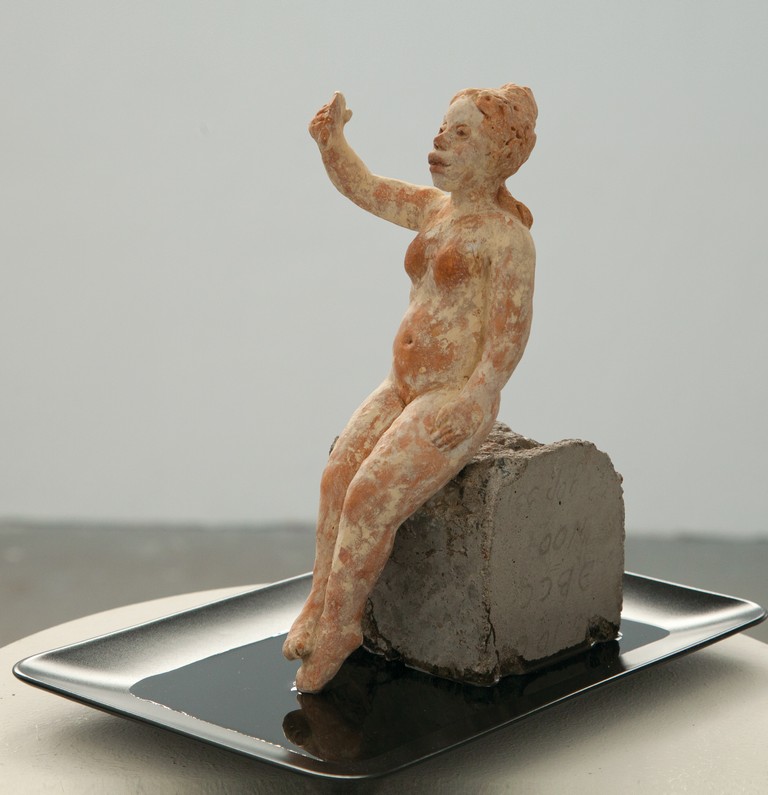 Selfie, 2016, terracotta, concrete, polymer mass, 27х19,5х29,5 cm
Selfie, 2016, terracotta, concrete, polymer mass, 27х19,5х29,5 cm Boy with octopus, 2016, wood, polymer resin, polymer clay, 50,5х29х21 cm
Boy with octopus, 2016, wood, polymer resin, polymer clay, 50,5х29х21 cm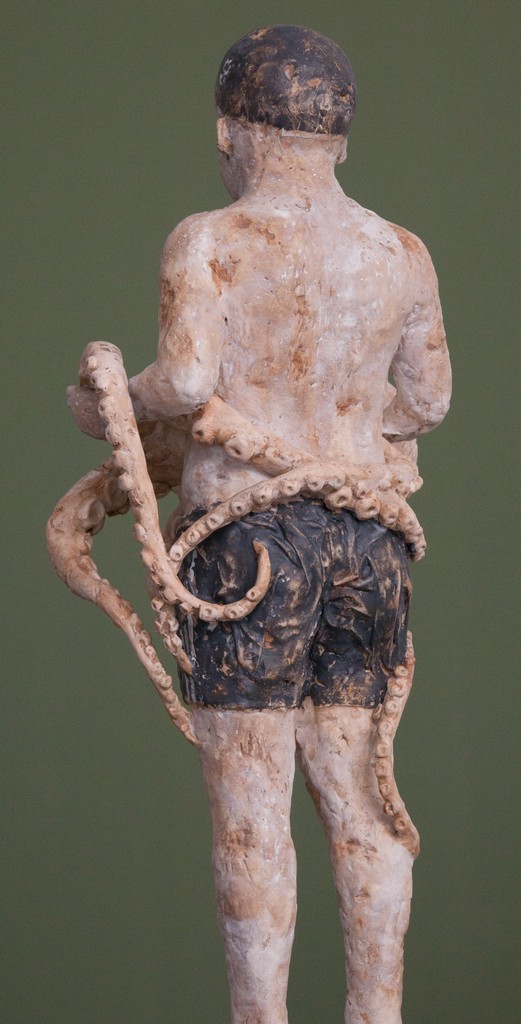
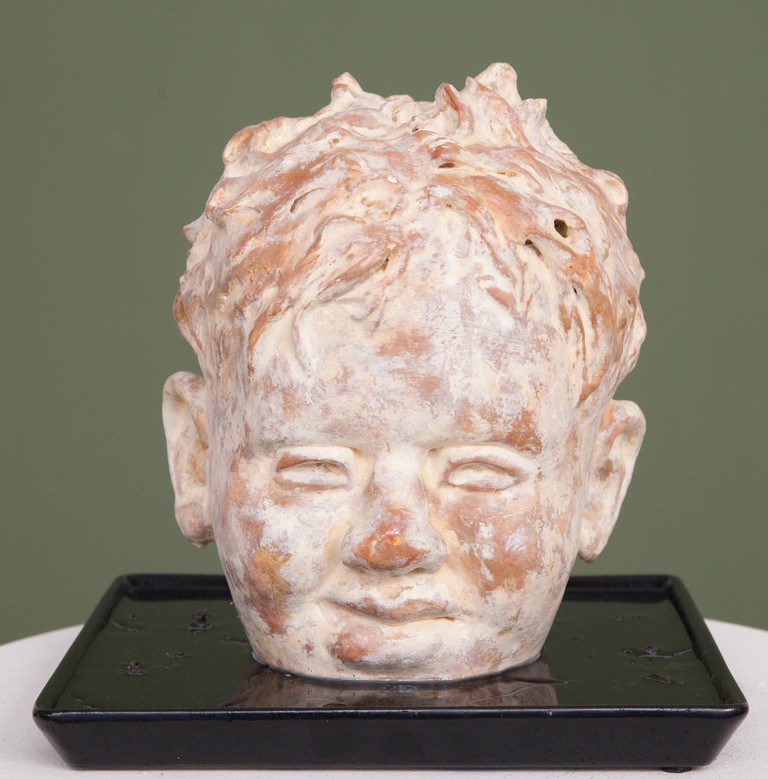 Head, 2016, terracotta, polymer clay, polymer resin, 25,5х25х25 cm
Head, 2016, terracotta, polymer clay, polymer resin, 25,5х25х25 cm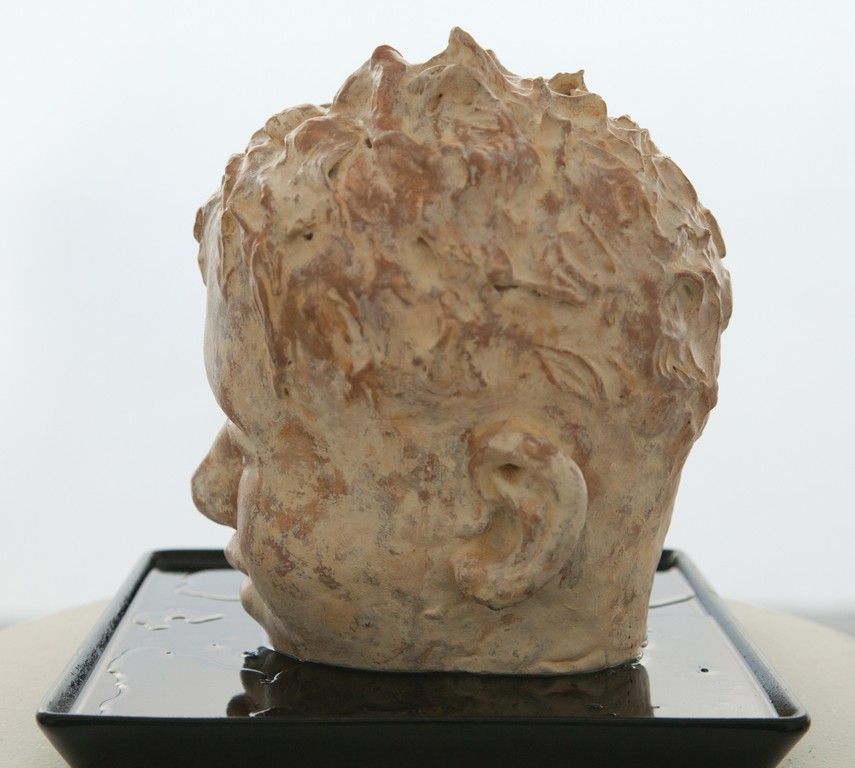
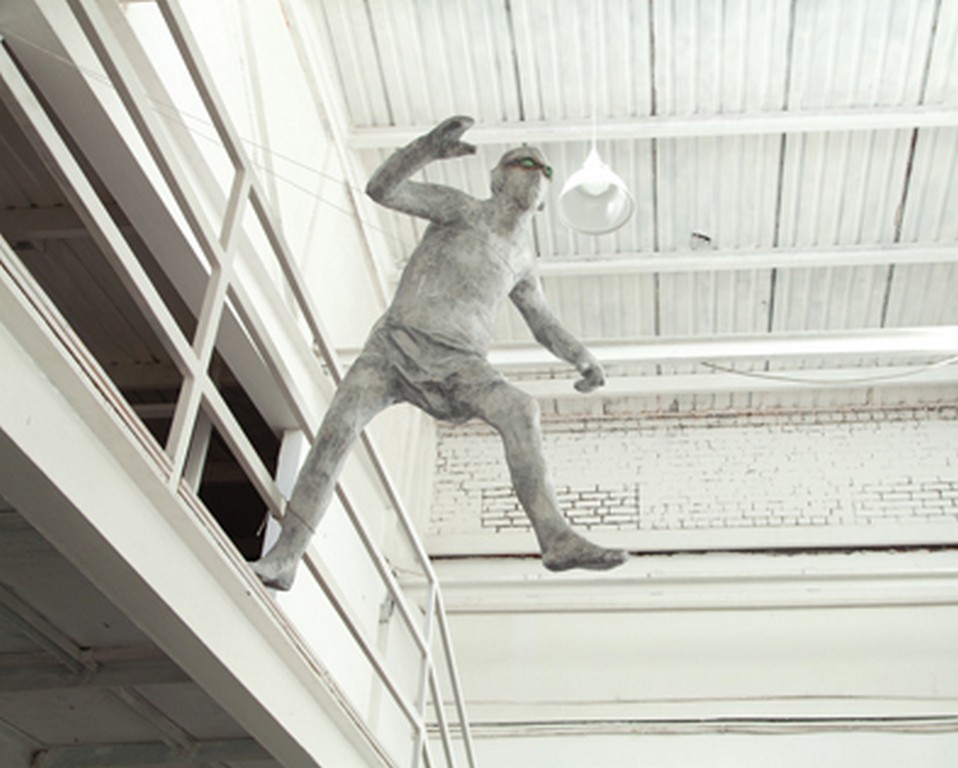 Last Eduard, 2016, author technique, h=164, d=110 cm
Last Eduard, 2016, author technique, h=164, d=110 cm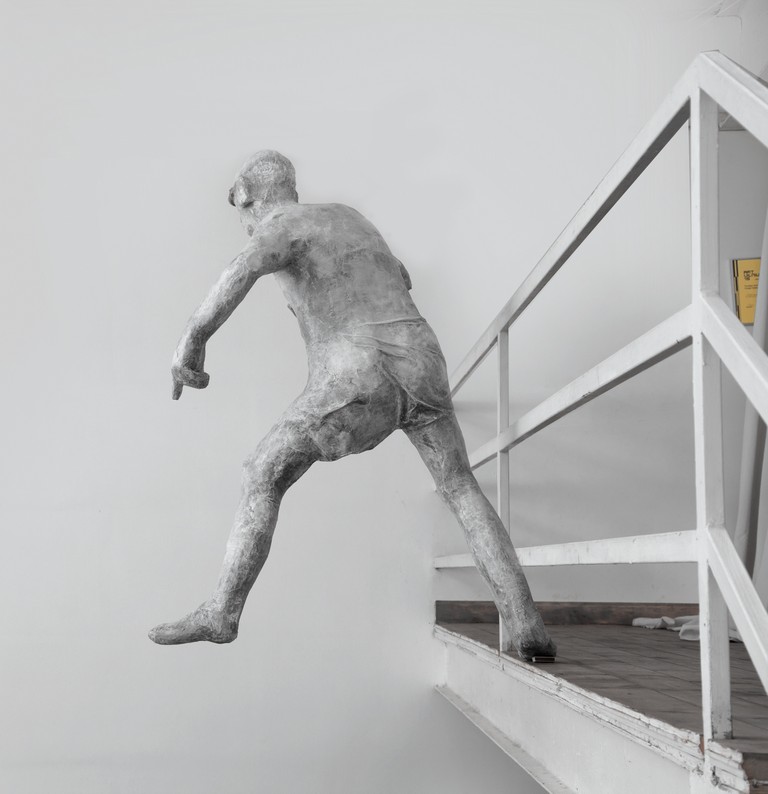
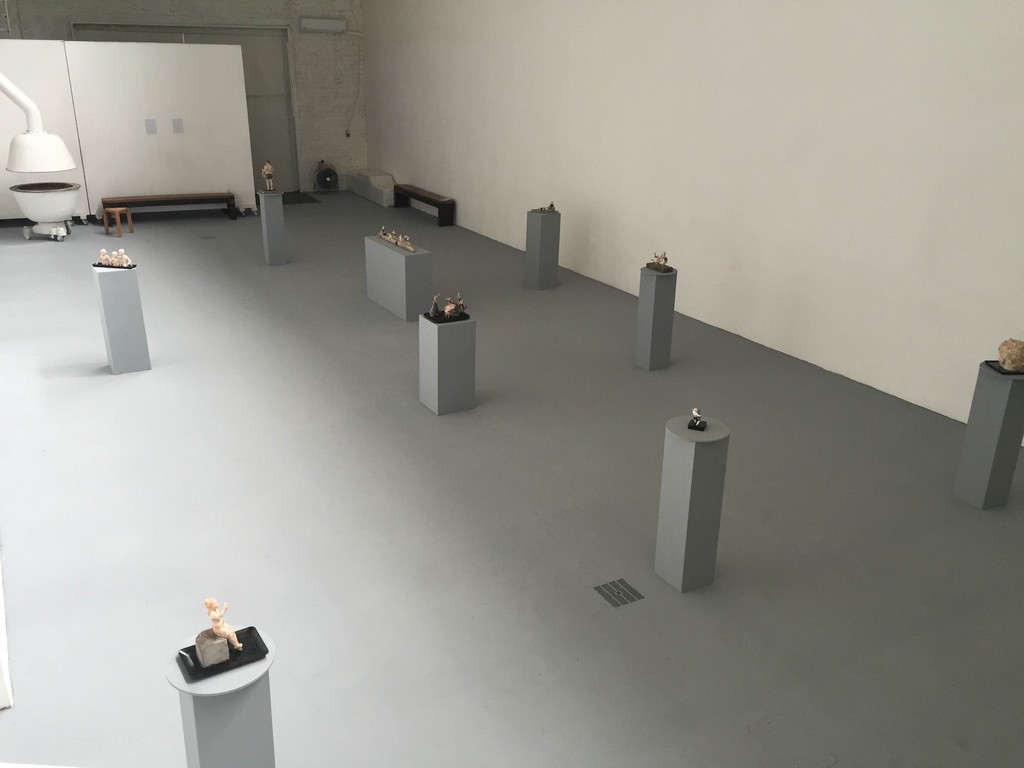
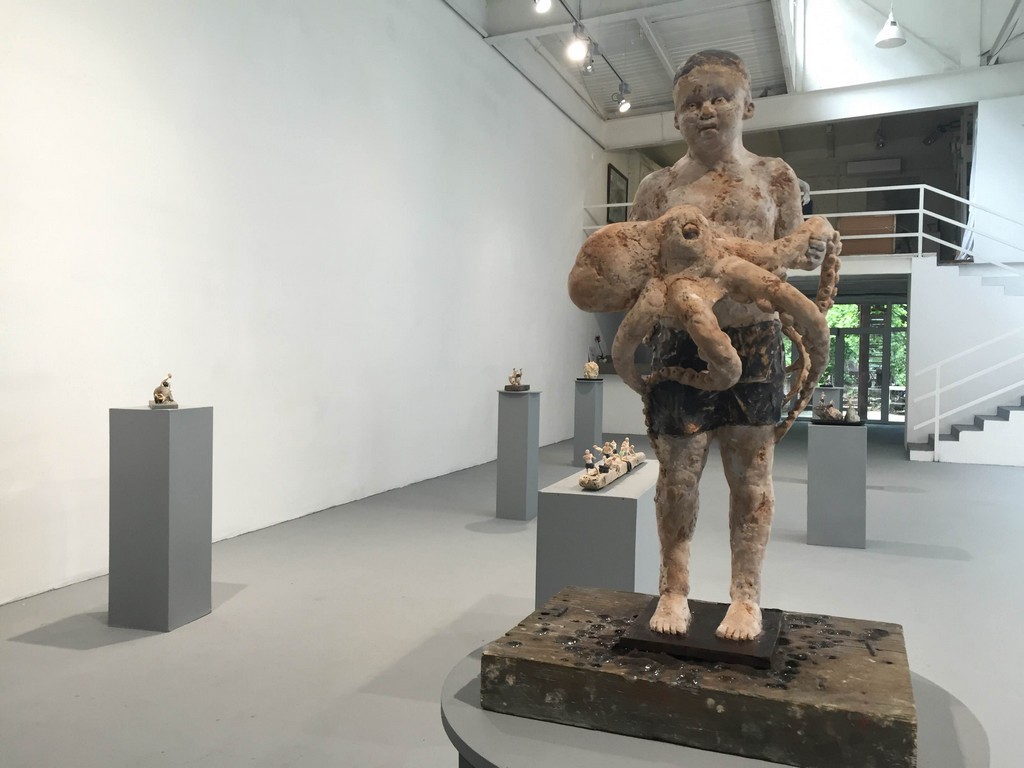
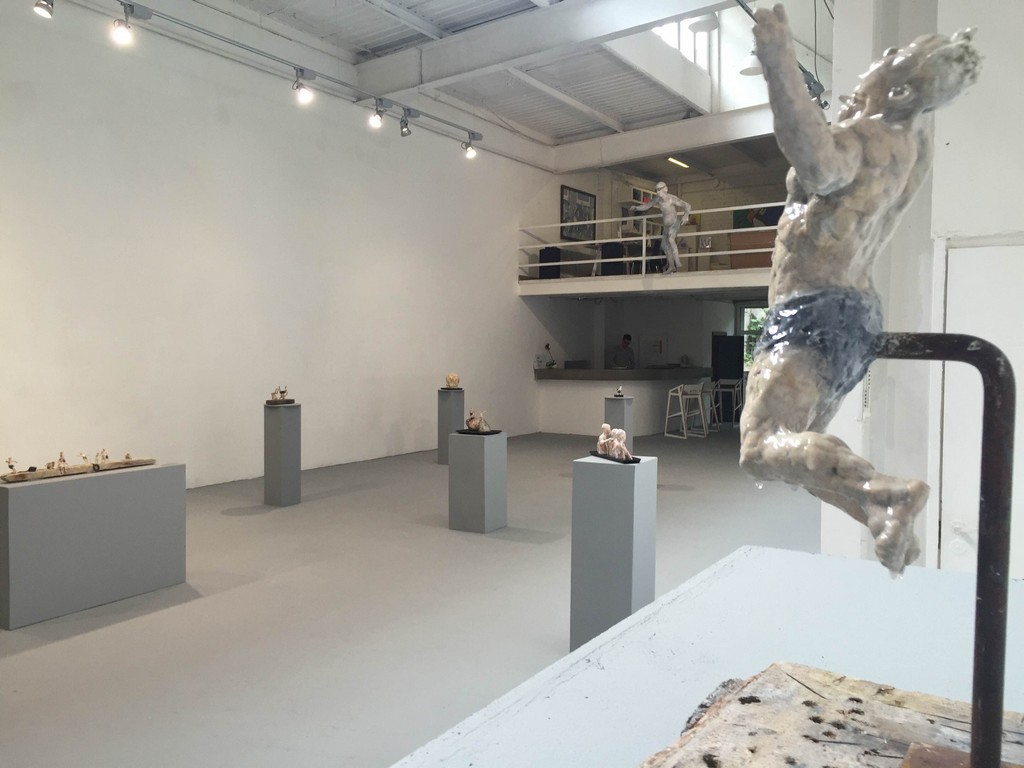
Ievgen Petrov
FROM VACATIONERRS' LIFE
Petrov's first project without a single painting, consisting entirely of small plastic molds and a large object. Imagine any other artist able to represent with watercolors up to 30 detailed figures in the same work, having an excellent sense of proportion, who would say: the painting dimensions are not enough for me, so I have to go beyond the framework of a painting. It may seem that the artist got bored of drawing, but it is not so, the more so that when visitors of various art-fairs (who are sophisticated audience) scrutinize his paintings, they ask the gallery owner why he exhibits prints, but when they find out that there are no prints in "TSEKH", only originals, they stick their noses against the glass, and having seen watercolors under it, they slowly raise their eyebrows and their dilated pupils sparkle.
The idea of the project "From Vacationers' Life", as well as the pieces that it comprises, is the logical continuation of Petrov's technical and intellectual practices.
The technical aspect of the project is ambivalent. On the one hand, while working on the paintings in his studio, Petrov often has to personally mold certain parts of the body to properly represent them on paper. And he already started complementing his recent projects with sculptures. On the other hand, it is the first project consisting exclusively of sculptures, and all the 11 pieces are executed in various techniques, and Petrov experiments with different materials – ceramic mass, wood, stone, and crystal rubber to produce the original textures.
The intellectual aspect of the project is continuation of the artist's reflection on the topic of free vacations in the South of Ukraine, which was started with the project "Aqua Park" in the distant 2008. And every new project on this subject was not like the previous one. Petrov has always been able to outline the structure of everyday life, with which it would be interesting for him to work. Be it contemplation of leisure bodies on the beach, or a view of the pier as a social actor.
This time he focuses on absolutely wild blocky vacations. This is one of the few leisure practices that in adolescence offer the opportunity to not only express the infinitely accumulating energy, but that also asserts the social status of a teenager in depressed regions. And such an initiation is characteristic all along the coast of the Black Sea – a place favored by Petrov. If you do not dare to join everyone jumping into the abyss left by the turbines of Dnieproges power plant, then, in the best case, you should forget about the ambition to become a leader, and at worst – you will be forced to jump, and you'll have to get out accompanied by laughter of your peers, only this time – alone. All this blocky madness, which does not allow for static, this growing dynamics during the ridiculous practices, under the impact of which human bodies acquire awkward postures, become a determining factor for Petrov to continue the story of free vacations, this time the South-blocky-no-limit one, not flat, but in volume, and, again, the chapter of this story will be unlike the previous ones.
The human-height size installation "The Last Eduard" is the most unexpected aspect of the project, which fundamentally changes the usual exposure and perception of the exhibition.
Sasha Geller
